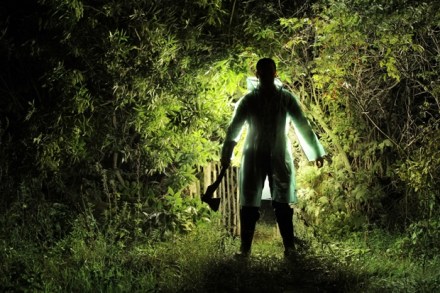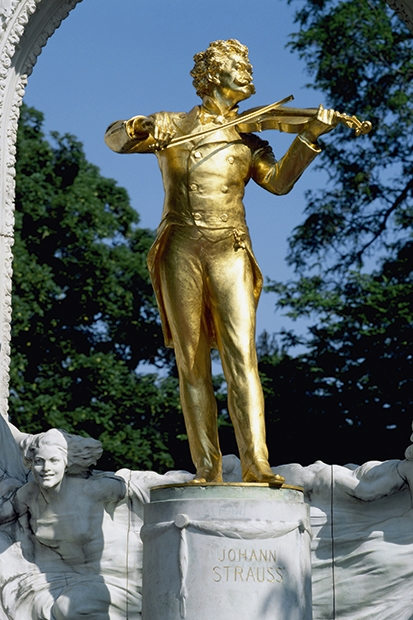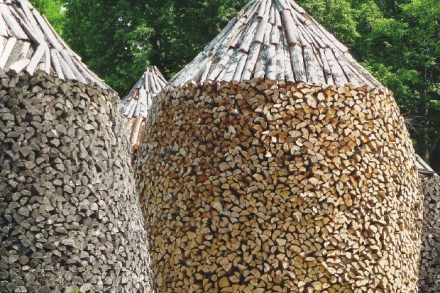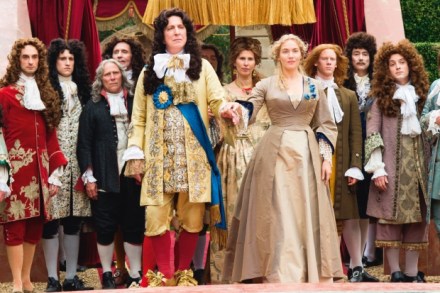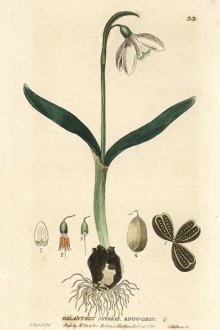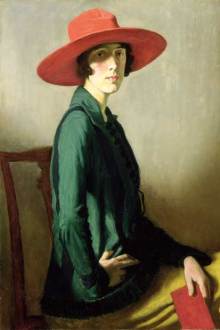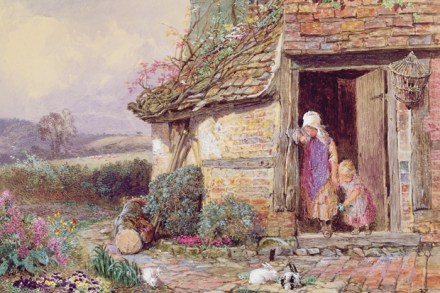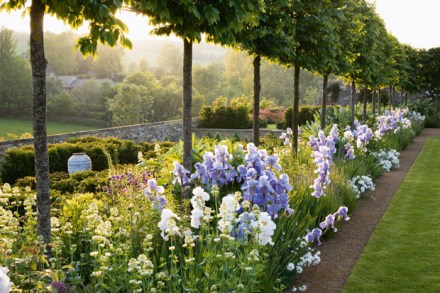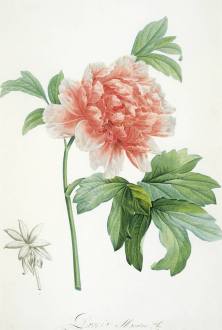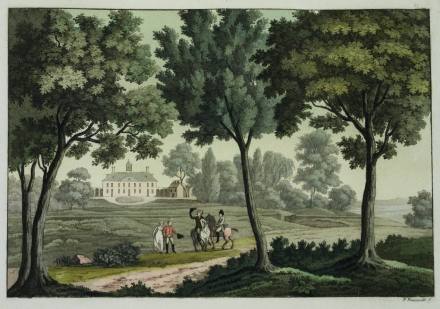The axeman next door
When I moved to London, my husband Henry gave me a copy of Kate Fox’s Watching the English: The Hidden Rules of English Behaviour. He was hoping the gift would avoid an awkward conversation about our cultural differences. As an American, I cannot think of anything more English than that. Fox’s chapter about introductions bothered me. The brash American approach: ‘Hi, I’m Bill from Iowa,’ particularly if accompanied by an outstretched hand and a beaming smile, makes the English wince and cringe. I had never known friendliness to be cringeworthy. I felt sorry for Bill from Iowa. I pictured him arriving in my neighbourhood and being scorned for enthusiastically introducing
